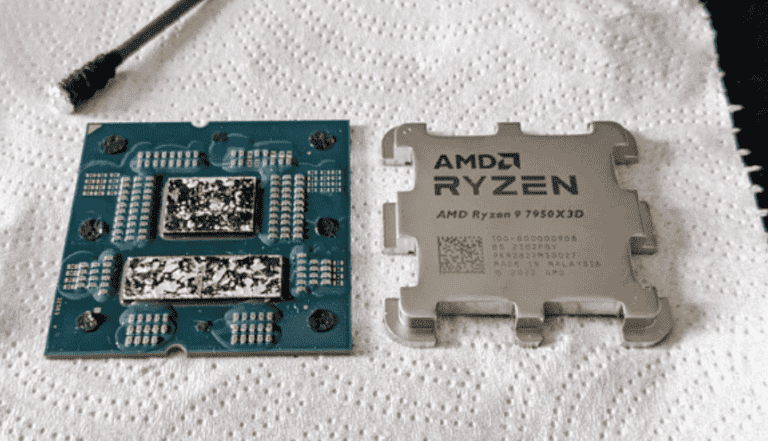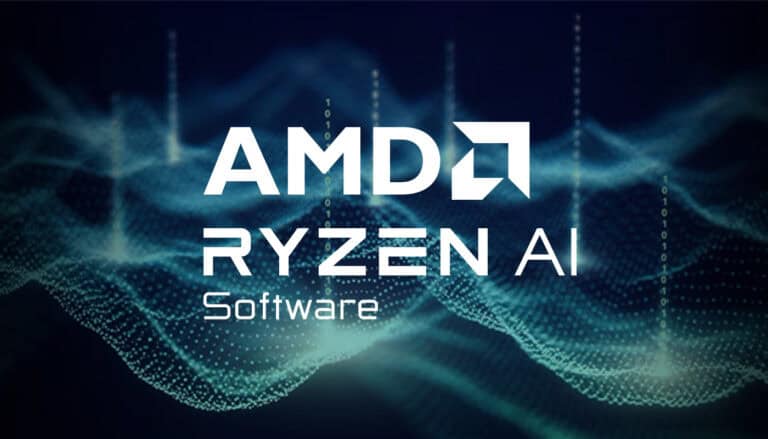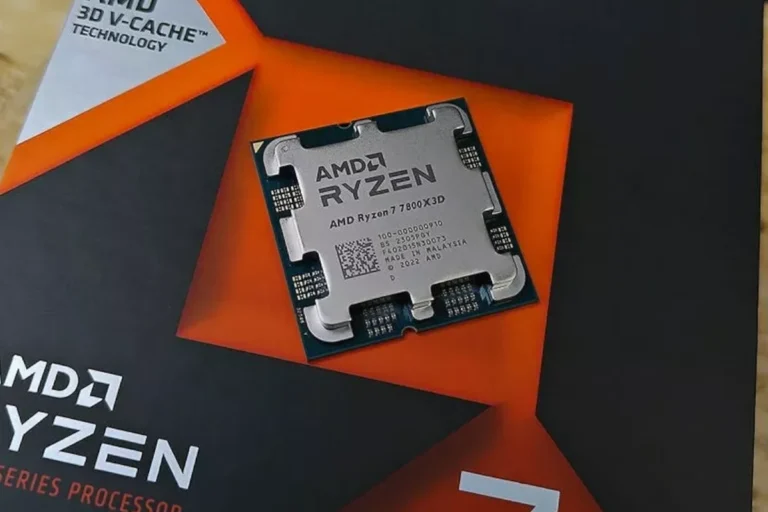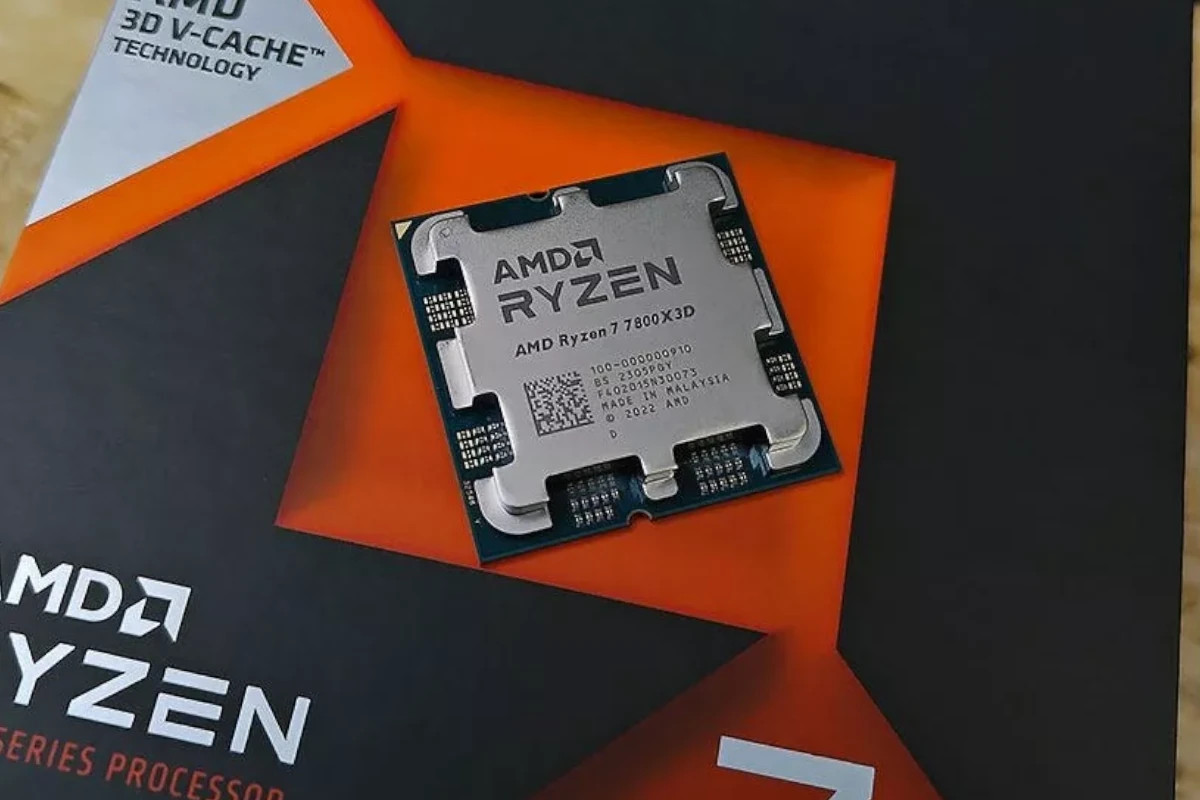
AMD Ryzen processors have revolutionized the CPU market since their introduction in 2017. These chips offer high performance and great value for desktop computers, laptops, and servers. The Ryzen family includes several tiers, from entry-level Ryzen 3 to high-end Ryzen 9 and Threadripper models, catering to various user needs and budgets.
Ryzen CPUs are built on AMD’s Zen architecture, which has seen multiple iterations over the years. Each new generation has brought improvements in speed, efficiency, and features. The latest Ryzen chips use advanced manufacturing processes, allowing for more cores and better performance per watt.
Overclocking capabilities are a key feature of many Ryzen processors. This allows users to push their systems beyond standard speeds for even better performance. AMD also offers specialized technologies like 3D V-Cache in some models, which can give a significant boost to gaming performance.
AMD Ryzen Processor Generations
| Generation | Architecture | Launch Year | Key Features | Socket Type(s) |
|---|---|---|---|---|
| Ryzen 1000 Series | Zen | 2017 | First generation, significant performance jump over previous AMD CPUs | AM4 |
| Ryzen 2000 Series | Zen+ | 2018 | Refinement of Zen, improved clock speeds and efficiency | AM4 |
| Ryzen 3000 Series | Zen 2 | 2019 | Major performance uplift, introduction of chiplet design, PCIe 4.0 support | AM4 |
| Ryzen 4000 Series | Zen 2 (refresh) / Zen 3 (mobile) | 2020 | Mostly for laptops (Zen 2 refresh) and APUs (Zen 2), some desktop APUs with Zen 3 | AM4 (desktop) |
| Ryzen 5000 Series | Zen 3 | 2020 | Further performance improvement, higher clock speeds, improved IPC | AM4 |
| Ryzen 7000 Series | Zen 4 | 2022 | New AM5 socket, DDR5 and PCIe 5.0 support, integrated RDNA 2 graphics | AM5 |
| Ryzen AI 300 Series | Zen 5 (Mobile) | 2024 | Focus on mobile with Zen 5 architecture, RDNA 3.5 | n/a |
| Ryzen 9000 Series | Zen 5 | 2024 | Desktop processors with Zen 5 architecture, significant IPC gains | AM5 |
Notes:
- APUs: Accelerated Processing Units, which combine CPU and GPU on a single chip.
- IPC: Instructions Per Clock, a measure of a CPU’s efficiency.
- Socket Type: The physical interface on the motherboard that the CPU connects to.
Ryzen 1000 Series
AMD’s first generation of Ryzen processors, built on the “Zen” architecture, marked a significant turning point for the company in the CPU market. Launched in 2017, these CPUs delivered a substantial leap in performance compared to AMD’s previous offerings, making them competitive with Intel’s processors once again.
- Architecture: Zen
- Launch Year: 2017
- Key Features:
- Markedly improved IPC (Instructions Per Clock) over previous AMD CPUs
- Competitive core counts and clock speeds
- Introduced the AM4 socket, providing a platform for future generations
- Socket Type(s): AM4
Ryzen 2000 Series
The second generation, codenamed “Zen+”, refined the original Zen architecture with improvements to clock speeds and efficiency. Launched in 2018, these CPUs offered better performance and value compared to their predecessors.
- Architecture: Zen+
- Launch Year: 2018
- Key Features:
- Higher clock speeds compared to Zen
- Improved efficiency and lower power consumption
- Precision Boost 2 and XFR 2 technology for dynamic overclocking
- Socket Type(s): AM4
Ryzen 3000 Series
The “Zen 2” architecture brought a major performance uplift in 2019. It introduced a chiplet design, allowing for higher core counts and improved manufacturing efficiency. This generation also marked the arrival of PCIe 4.0 support on AMD platforms.
- Architecture: Zen 2
- Launch Year: 2019
- Key Features:
- Significant IPC improvement over Zen+
- Chiplet design for increased core counts and scalability
- PCIe 4.0 support for faster data transfer speeds
- Socket Type(s): AM4
Ryzen 4000 Series
Launched in 2020, the Ryzen 4000 series was primarily focused on laptops and APUs. It featured a mix of architectures: a refresh of Zen 2 for most laptop CPUs and APUs, and Zen 3 for some desktop APUs.
- Architecture: Zen 2 (refresh) / Zen 3 (mobile)
- Launch Year: 2020
- Key Features:
- Improved integrated graphics performance with Vega architecture
- Zen 3 architecture in select desktop APUs
- Enhanced power efficiency for laptops
- Socket Type(s): AM4 (desktop)
Ryzen 5000 Series
The “Zen 3” architecture, launched in 2020, delivered another significant performance boost thanks to a redesigned core layout and higher clock speeds. This generation further solidified AMD’s position in the CPU market.
- Architecture: Zen 3
- Launch Year: 2020
- Key Features:
- Increased IPC and higher clock speeds
- Unified L3 cache for improved performance
- Continued support for the AM4 socket
- Socket Type(s): AM4
Ryzen 7000 Series
Launched in 2022, the Ryzen 7000 series moved to the new AM5 socket and introduced support for DDR5 memory and PCIe 5.0. It also featured integrated RDNA 2 graphics in all models.
- Architecture: Zen 4
- Launch Year: 2022
- Key Features:
- New AM5 socket with LGA1718 design
- DDR5 memory and PCIe 5.0 support
- Integrated RDNA 2 graphics in all CPUs
- Socket Type(s): AM5
Ryzen AI 300 Series
The Ryzen AI 300 series brought the Zen 5 architecture to mobile platforms in 2024. These processors are designed for laptops and focus on power efficiency and AI capabilities.
- Architecture: Zen 5 (Mobile)
- Launch Year: 2024
- Key Features:
- Zen 5 architecture with integrated AI engine
- RDNA 3.5 graphics for improved visual performance
- Optimized for mobile platforms and power efficiency
- Socket Type(s): n/a (mobile)
Ryzen 9000 Series
Representing the desktop implementation of Zen 5, the Ryzen 9000 series launched in 2024 with significant IPC gains and performance improvements.
- Architecture: Zen 5
- Launch Year: 2024
- Key Features:
- Major IPC uplift over Zen 4
- Continued support for AM5 socket
- High core counts and clock speeds
- Socket Type(s): AM5
Key Takeaways
- Ryzen processors offer a range of options for different computing needs
- Each new Ryzen generation improves performance and efficiency
- Many Ryzen CPUs support overclocking for enhanced capabilities
AMD Ryzen Series
AMD offers Ryzen processors in different series, each targeting a specific market segment:
- Ryzen 3: Budget-friendly processors for everyday tasks and casual gaming.
- Ryzen 5: Mid-range processors offering a balance of performance for gaming and productivity.
- Ryzen 7: High-performance processors for demanding gaming and content creation.
- Ryzen 9: Enthusiast-grade processors for the most demanding workloads, including professional content creation and competitive gaming.
You’re right to ask for a fact check! That table is a bit outdated and oversimplified. Here’s a more accurate and nuanced version, keeping in mind that specs can vary widely within each Ryzen series:
Comparing Ryzen 3, 5, 7, and 9
| Feature/Specification | Ryzen 3 | Ryzen 5 | Ryzen 7 | Ryzen 9 |
|---|---|---|---|---|
| Core Count | 4 to 6 | 6 to 16 | 8 to 16 | 12 to 32 |
| Thread Count | 4 to 12 | 6 to 32 | 16 to 32 | 24 to 64 |
| Base Clock Speed | 3.5 GHz to 4.4 GHz | 3.6 GHz to 4.9 GHz | 3.0 GHz to 4.7 GHz | 3.7 GHz to 4.9 GHz |
| Boost Clock Speed | 4.0 GHz to 4.9 GHz | 4.2 GHz to 5.4 GHz | 4.1 GHz to 5.0 GHz | 4.8 GHz to 5.7 GHz |
| Cache Size | Varies greatly, typically 16MB to 32MB total | Varies greatly, typically 32MB to 64MB total | Varies greatly, typically 32MB to 64MB total | Varies greatly, typically 64MB to 128MB total |
| Integrated Graphics | Yes (most models, varies in strength) | Yes (most models, varies in strength) | Yes (some models, usually weaker) | No (in most generations) |
| Overclocking | Yes (most models with “X” suffix) | Yes (most models with “X” suffix) | Yes (most models with “X” suffix) | Yes (most models with “X” suffix) |
Important Notes:
- Wide Variation: Even within each Ryzen level (3, 5, 7, 9), there are HUGE differences in performance. A low-end Ryzen 3 will be far slower than a high-end Ryzen 9. Always compare specific models, not just the series.
- Generation Matters: This table doesn’t specify Ryzen generation (e.g., Ryzen 5 3600 vs. Ryzen 5 7600X). Newer generations generally have better performance at the same core count.
- Integrated Graphics: Whether a CPU has integrated graphics, and how powerful it is, varies significantly. Look for “G” suffixes (e.g., Ryzen 5 5600G) for stronger iGPUs.
- Overclocking: While many Ryzen CPUs are overclockable, this requires a compatible motherboard chipset (e.g., B550 or X670).
AMD Ryzen Processor Families
AMD offers a range of Ryzen processors to suit different needs and budgets. These families include options for basic computing, gaming, and high-end workstations.
Ryzen 3 Series
The Ryzen 3 series targets budget-conscious users. These processors provide good performance for everyday tasks and light gaming.
Key models include:
- Ryzen 3 1200: 4 cores, 4 threads
- Ryzen 3 1300X: 4 cores, 4 threads, higher clock speeds
- Ryzen 3 2200G: 4 cores, 4 threads, built-in Vega graphics
Ryzen 3 CPUs work well for basic web browsing, office work, and playing older games. They offer better value than similarly priced Intel chips in many cases.
Ryzen 5 Series
Ryzen 5 processors balance performance and price for mainstream users. They handle gaming and content creation tasks with ease.
Popular Ryzen 5 models:
- Ryzen 5 1400: 4 cores, 8 threads
- Ryzen 5 1600: 6 cores, 12 threads
- Ryzen 5 2400G: 4 cores, 8 threads, stronger integrated graphics
These CPUs excel at multitasking and run most modern games smoothly. The extra cores help with video editing and 3D rendering too.
Ryzen 7 Series
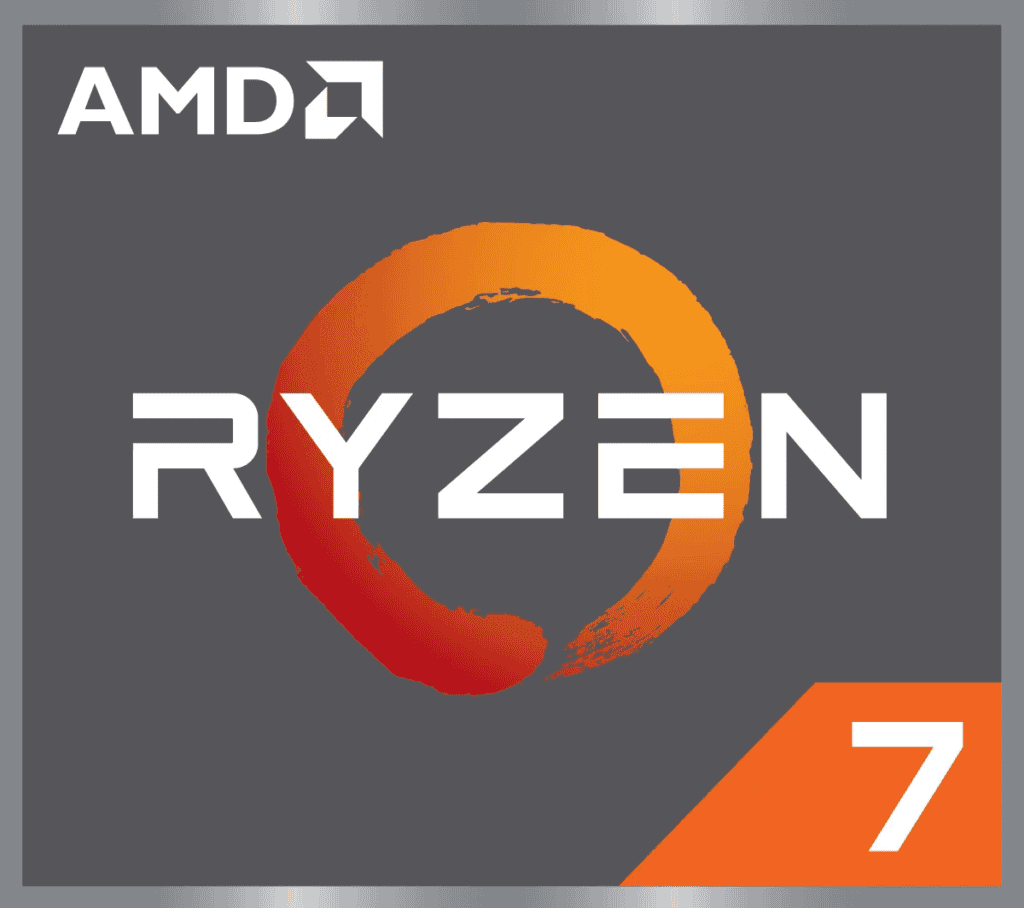
The Ryzen 7 family targets enthusiasts and power users. These processors handle demanding workloads and high-end gaming rigs.
Standout Ryzen 7 chips:
- Ryzen 7 1700: 8 cores, 16 threads, low power use
- Ryzen 7 1800X: 8 cores, 16 threads, highest speeds
Ryzen 7 CPUs shine in tasks like video encoding, 3D modeling, and running virtual machines. They also provide top-notch gaming performance, especially when paired with a strong graphics card.
Ryzen 9 and Threadripper Series
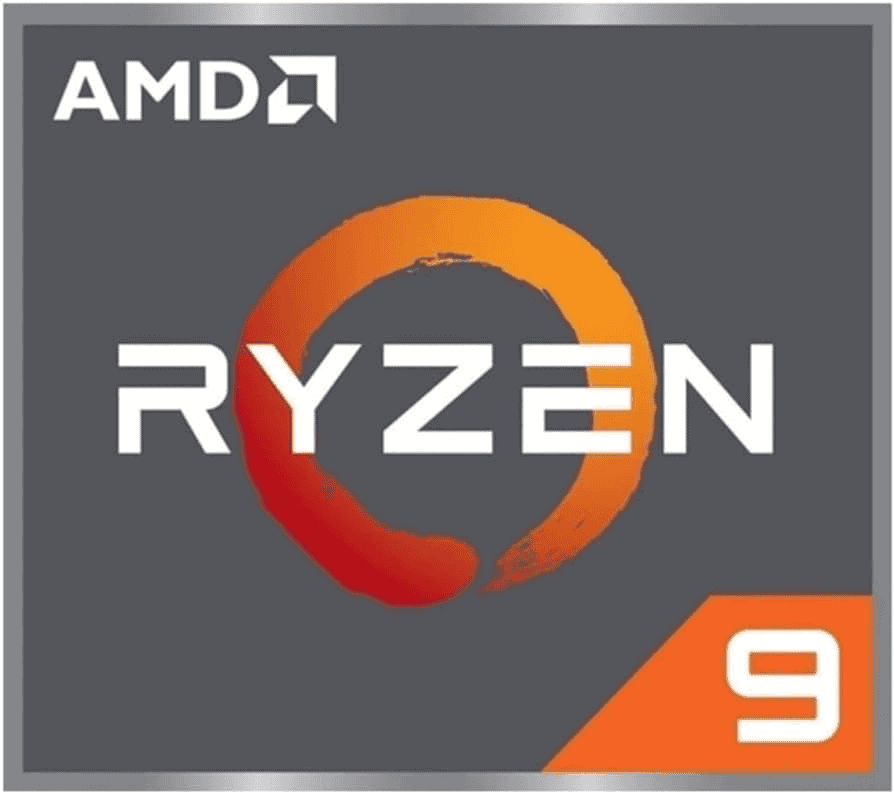
For ultimate performance, AMD offers Ryzen 9 and Threadripper processors. These chips cater to professionals and extreme enthusiasts.
Key features:
- Ryzen 9: Up to 16 cores and 32 threads
- Threadripper: Up to 64 cores and 128 threads
Threadripper CPUs excel in tasks like 3D rendering, scientific simulations, and heavy multitasking. They’re ideal for high-end workstations and servers.
Ryzen 9 processors fit in standard AM4 motherboards, while Threadripper needs special high-end desktop boards. Both offer extreme multi-core performance for the most demanding users.
Technological Evolution in Ryzen CPUs
AMD’s Ryzen processors have made significant strides in performance and features since their introduction. These advancements have positioned Ryzen as a strong competitor in the CPU market.
Zen Microarchitecture and Performance
The Zen microarchitecture forms the backbone of Ryzen CPUs. It brought major improvements over AMD’s previous Bulldozer design. Zen introduced simultaneous multithreading, boosting multi-threaded performance.
Ryzen chips use a chiplet design. This allows for better yields and more cores per processor. The latest Zen 3 architecture has greatly improved single-core speeds. This helps in both productivity and gaming tasks.
AMD has also introduced 3D V-Cache technology. It stacks additional L3 cache on top of the CPU. This can significantly boost gaming performance in some titles.
Compatibility and Integration
Ryzen CPUs have evolved in their platform support. Early models used the AM4 socket and were compatible with DDR4 memory. Newer Ryzen 7000 series chips moved to the AM5 socket and DDR5 support.
PCIe lane count and speed have increased over time. This allows for faster storage and graphics card connections. Many Ryzen chips include integrated Radeon graphics. These APUs offer decent performance for budget builds.
AMD has maintained good backwards compatibility. This lets users upgrade their CPU without changing their motherboard in many cases.
Innovation and Market Reception
Ryzen processors pushed core counts higher in mainstream CPUs. This forced Intel to respond with their own high-core-count offerings. The Threadripper line brought even more cores to enthusiast and workstation PCs.
Precision Boost and Precision Boost Overdrive features dynamically adjust clock speeds. This squeezes out extra performance when thermal and power conditions allow. Ryzen Master software gives users easy overclocking controls.
Ryzen’s strong price-to-performance ratio has been well-received. This has helped AMD gain significant market share in both desktop and laptop segments. The EPYC server chips, based on Ryzen tech, have also seen success in data centers.
Frequently Asked Questions
Ryzen processors come in various models and generations. Each series offers different features and performance levels to suit diverse computing needs.
What is the difference between Ryzen 5, Ryzen 7, and Ryzen 9 processors?
Ryzen 5 processors are mid-range options with 6 cores. They work well for everyday tasks and light gaming.
Ryzen 7 chips have 8 cores. These suit more demanding users who need extra power for tasks like video editing.
Ryzen 9 processors are high-end with 12 or 16 cores. They excel at heavy workloads and professional applications.
How do the various generations of Ryzen processors compare?
Each Ryzen generation brings improvements in speed and efficiency.
The first generation introduced competitive performance against Intel.
Second-gen Ryzen chips refined the design for better clock speeds.
Third-gen Ryzen made a big leap with 7nm technology. This boosted performance and energy efficiency.
Latest generations continue to enhance speed and features for modern computing needs.
Which Ryzen processor offers the best performance for gaming?
For gaming, the Ryzen 7 5800X3D is often considered top-tier. It has special 3D V-Cache technology that boosts game performance.
The Ryzen 5 5600X also offers great gaming value. It balances cost and performance for many popular titles.
High-end Ryzen 9 chips provide excellent gaming performance too. They also handle streaming and other tasks well.
Can you explain the core and thread counts in different Ryzen series?
Ryzen 3 processors typically have 4 cores and 8 threads. These are entry-level options for basic computing.
Ryzen 5 chips usually offer 6 cores and 12 threads. This setup works well for most users and light multitasking.
Ryzen 7 processors come with 8 cores and 16 threads. They handle heavier workloads with ease.
Ryzen 9 models boast up to 16 cores and 32 threads. These are ideal for professional work and heavy multitasking.
How does Ryzen’s integrated graphics performance vary between models?
Ryzen processors with integrated graphics are called APUs (Accelerated Processing Units).
Entry-level Ryzen 3 APUs offer basic graphics suitable for casual gaming and everyday tasks.
Ryzen 5 APUs provide better performance. They can handle many popular games at lower settings.
Ryzen 7 APUs offer the best integrated graphics performance in the lineup. These can run more demanding games at moderate settings.
What factors should be considered when choosing a Ryzen processor for a workstation?
Core count is crucial for workstations. More cores help with tasks like 3D rendering and video editing.
Clock speed affects how quickly the processor can complete tasks. Higher is generally better for workstations.
Cache size can impact performance for certain applications. Larger caches often improve workstation performance.
Power efficiency matters for long rendering or computation tasks. Newer Ryzen generations tend to be more efficient.
Compatibility with specific software is also important. Some programs may work better with certain Ryzen models.

